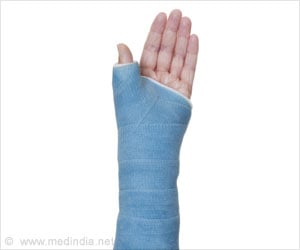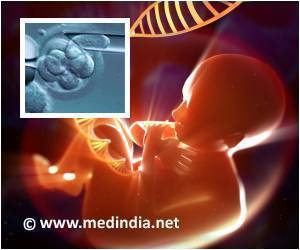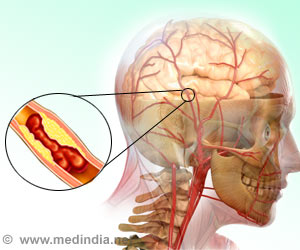Although chronic/recurrent pain is generally considered a problem of adults, rates of some pain conditions - particularly back pain and headache - are substantial in adolescents, ranging from 20-50% of the teenage population.
Temporomandibular (TMD) pain, abdominal pain, migraine and tension-type headache are more prevalent in adult women than in men.Female reproductive hormones are known to be associated with increased risk of migraine. Use of hormone replacement therapy in post-menopausal women has also been identified as a risk factor for back pain and TMD pain.
If the presence of reproductive hormones increases the risk of developing pain, pain prevalence should increase as girls pass through puberty.
A recent study, to be published in the journal Pain (available online 5 October 2005), assessed the relationship of back pain, headache, abdominal pain and TMD pain, as well as the presence of multiple pain conditions, to gender, pubertal development and age in a cross sectional, population-based telephone survey of adolescents. The authors examined the association between pubertal development and depressive and somatic symptoms, factors often associated with pain in adults.
Subjects (3101 boys and girls, 11–17 years old) reported on the presence of each pain condition in the prior 3 months and completed scales assessing pubertal development, and depressive and somatic symptoms.
Data were analyzed and prevalence rates were weighted for factors affecting response. Prevalence of back pain, headache and TMD pain increased significantly and stomach pain increased marginally with increasing pubertal development in girls. Rates of somatization, depression and probability of experiencing multiple pains also increased with pubertal development in girls. For boys, prevalence of back and facial pain increased, stomach pain decreased and headache prevalence was virtually unchanged with increasing maturity. For both sexes, pubertal development was a better predictor of pain than was age.
Advertisement
These findings suggest that the process of pubertal development may initiate biological changes that predispose women, in particular, to experience symptoms, including pain.






